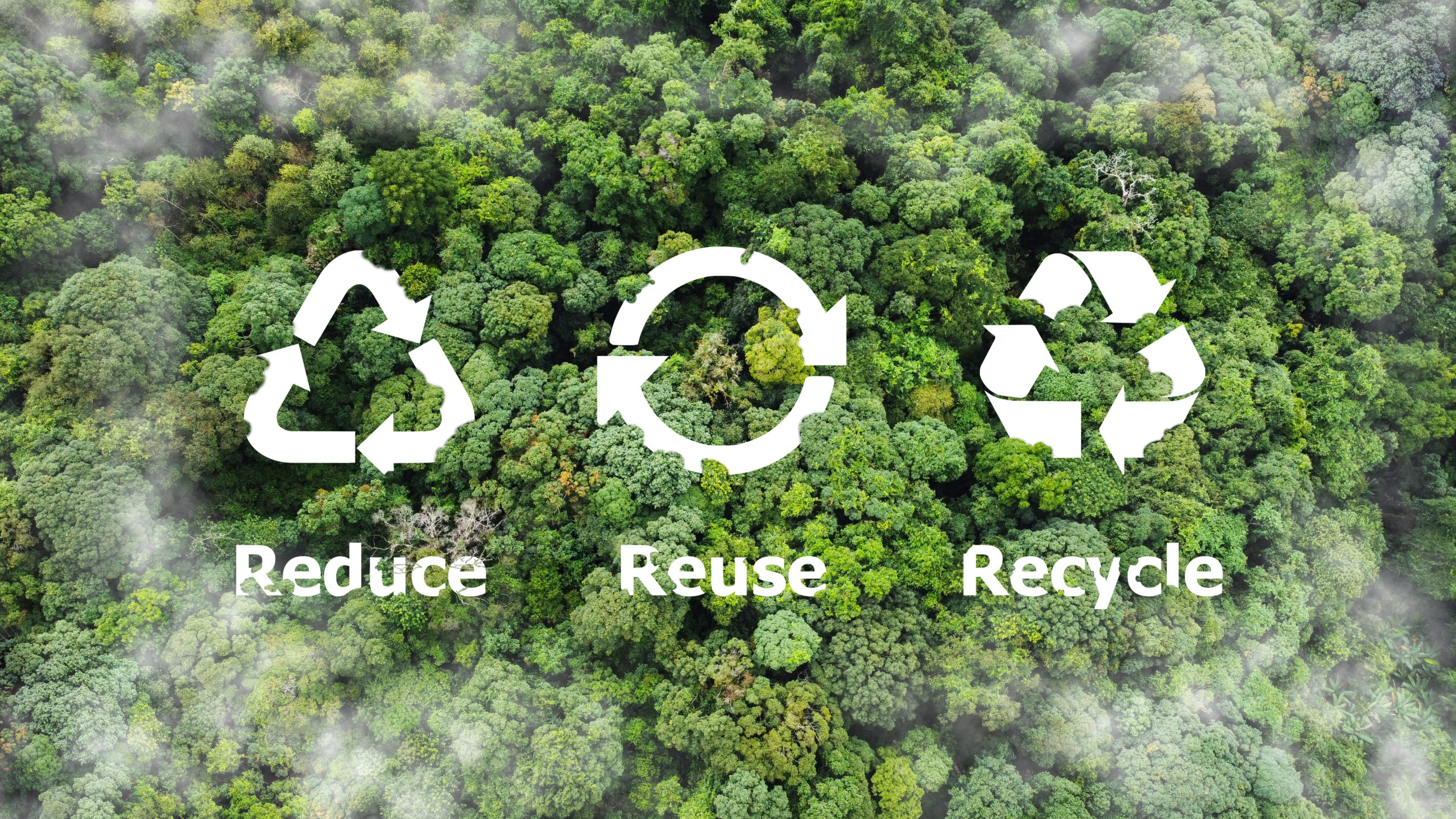Circular economy as part of the Green Deal
Since 2020, the circular economy has become a prominent topic in the European Union (EU). The Circular Economy Action Plan is part of the European Union’s Green Deal. It is a policy instrument designed to facilitate the transition from a linear to a circular economy in EU member states. As a part of the EU environmental legislation, the package includes on the one hand measures to reduce primary resource use through waste recovery and recycling. On the other hand, the package contains concrete targets to achieve waste recovery, recycling rates, avoidance regulations, reuse, and reduction of disposable packaging. The ultimate goal is to prevent waste by focusing on product design, durability, and reparability. Therefore, the aim of the programme is to reduce the environmental impact of economic activity while promoting European competitiveness.
Another significant component of the package is the extended producer responsibility (EPR). This requirement is implemented in different forms in the European member states. EPR mandates that producers take greater responsibility for the environmental impact of their products. Producers are obliged to contribute to the collection, recycling and disposal of their products when they reach the end of their life. Through this measure, producers should improve their products in a way that makes recycling easier.
Advantages and disadvantages of the circular economy
The circular economy offers several advantages, such as achieving resource conservation through resource efficiency. Extending the life of products and recycling conserves primary raw materials, resulting in reduced waste and improved environmental quality. Additionally, processing recycled materials can be more energy-efficient than manufacturing products with primary raw materials in some cases. Although this may not hold true for all raw materials such as certain types of plastics. The reduction of waste and waste water as well as emissions leads to a reduction of environmental pollution. The circular economy also fosters innovation, as new business models, ideas, and technologies emerge. From an economic perspective, new jobs are created and industries such as repair, recycling and maintenance expand.
Just as the circular economy brings advantages, there are also some disadvantages in implementing the concept. The transition from the current linear economy to the circular economy involves high costs, as new technologies and processes have to be implemented first. Many countries lack the necessary infrastructure, such as dedicated recycling and processing facilities, which can hinder progress towards a circular economy. The processes are very energy-intensive. The quality of recycled materials can be lower than that of primary raw materials, which can limit reprocessing. Achieving unrestricted reprocessing requires single-variety collection and effective sorting. But many products have complex material compositions that make it difficult to separate the various raw materials. From a social perspective, implementing the circular economy may require changes in the workplace and a shift in prevailing values.
Circular economy in the business
The circular economy as a business model presents opportunities for companies to implement socio-ecological business models. Through resource efficiency, waste reduction and a circular economy model, companies can reduce their environmental impact, generate new streams of income, reduce costs and improve their reputation among consumers who demand sustainable products and services. However, the shift towards a circular economy also entails legal obligations that have become increasingly stringent. For example, the EU Ecodesign Directive mandates that the environmental impact must be minimized across their entire life cycle of an energy-related product , and imposes minimum requirements for product design.
Implementing the principles of the circular economy into business operations requires a holistic approach that incorporates product design, supply chain management, production processes and end-of-life solutions.
Implementing the circular economy in the company
Some suggestions for implementing a circular concept in a company include:
- material flow analysis: Conducting a material flow analysis is the first step. It helps to identify areas of improvement by analyzing inputs and outputs of the company’s operations.
- optimise processes: Once the current state is understood, more efficient production processes can be developed. These processes should work in a resource-efficient way, reduce waste, and use renewable energy. Creating a comprehensive waste management concept can support these efforts.
- adapt product design: Changing products to durable and recyclable products with sustainable materials is key.
- Collaborate with stakeholders: Conscious selection of stakeholders can help ensure that the entire supply chain operates in a circular manner.
- sustainable procurement: Procuring raw materials and other resources from sustainable and responsible sources is critical. When selecting suppliers, both ecological and social impacts should be taken into consideration.
- Awareness raising: Raising awareness of the benefits and importance among employees and customers is crucial for creating long-term and sustainable change.
Conventional business models often treat the available resources as if they were unlimited. This can have serious consequences for the environment. Therefore, the concept is becoming increasingly important for many companies as it provides opportunities for innovation, growth, and resilience in a rapidly changing world. Overall, the transition to a circular economy will require companies to rethink how they produce and consume, which ultimately leads to more resilient, sustainable and profitable businesses.

